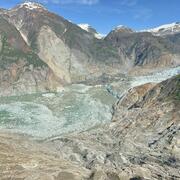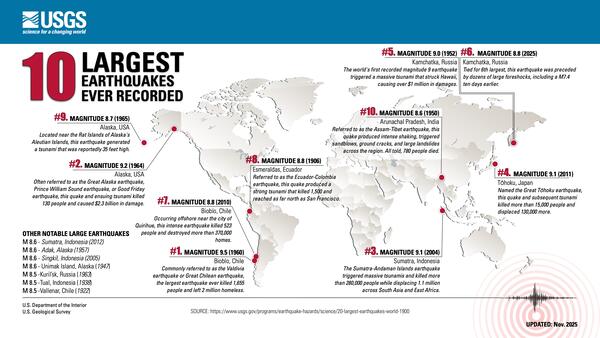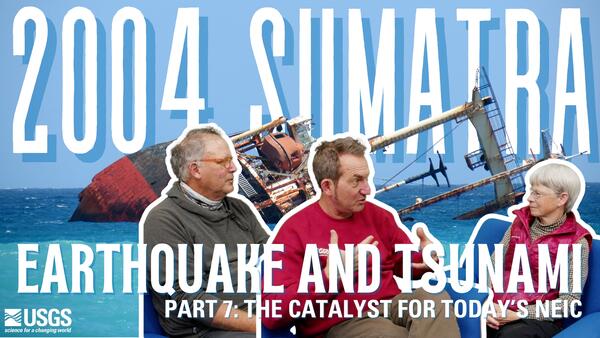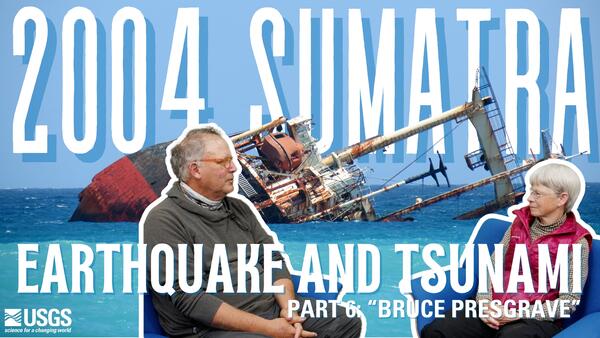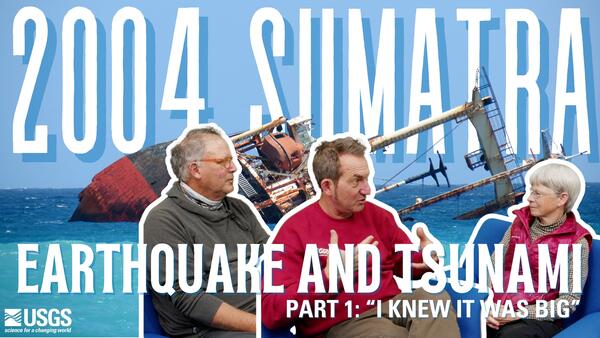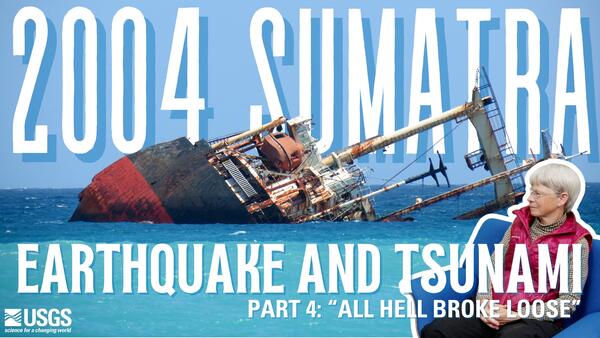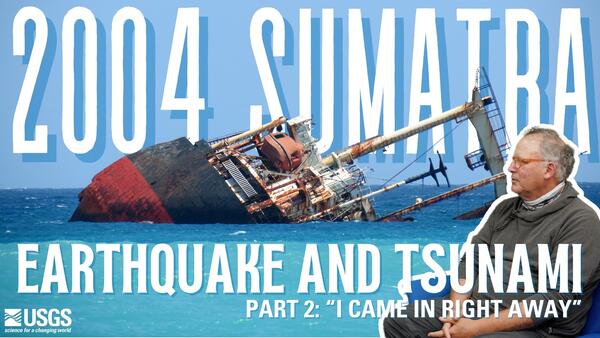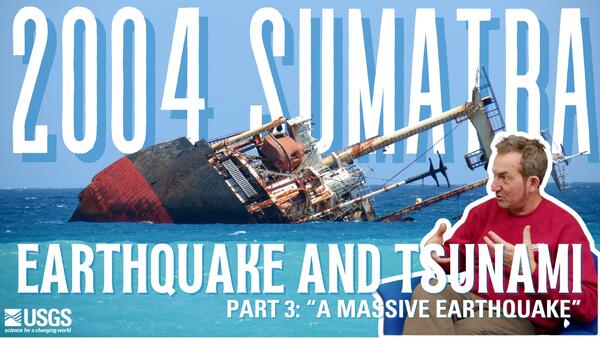10 Largest Earthquakes Ever Recorded (Updated 2025)
10 Largest Earthquakes Ever Recorded (Updated 2025)10 Largest Earthquakes Ever Recorded (Updated 2025)
#10. MAGNITUDE 8.6 (1950). Arunachal Pradesh, India - Referred to as the Assam-Tibet earthquake, this quake produced intense shaking, triggered sandblows, ground cracks, and large landslides across the region. All told, 780 people died.


